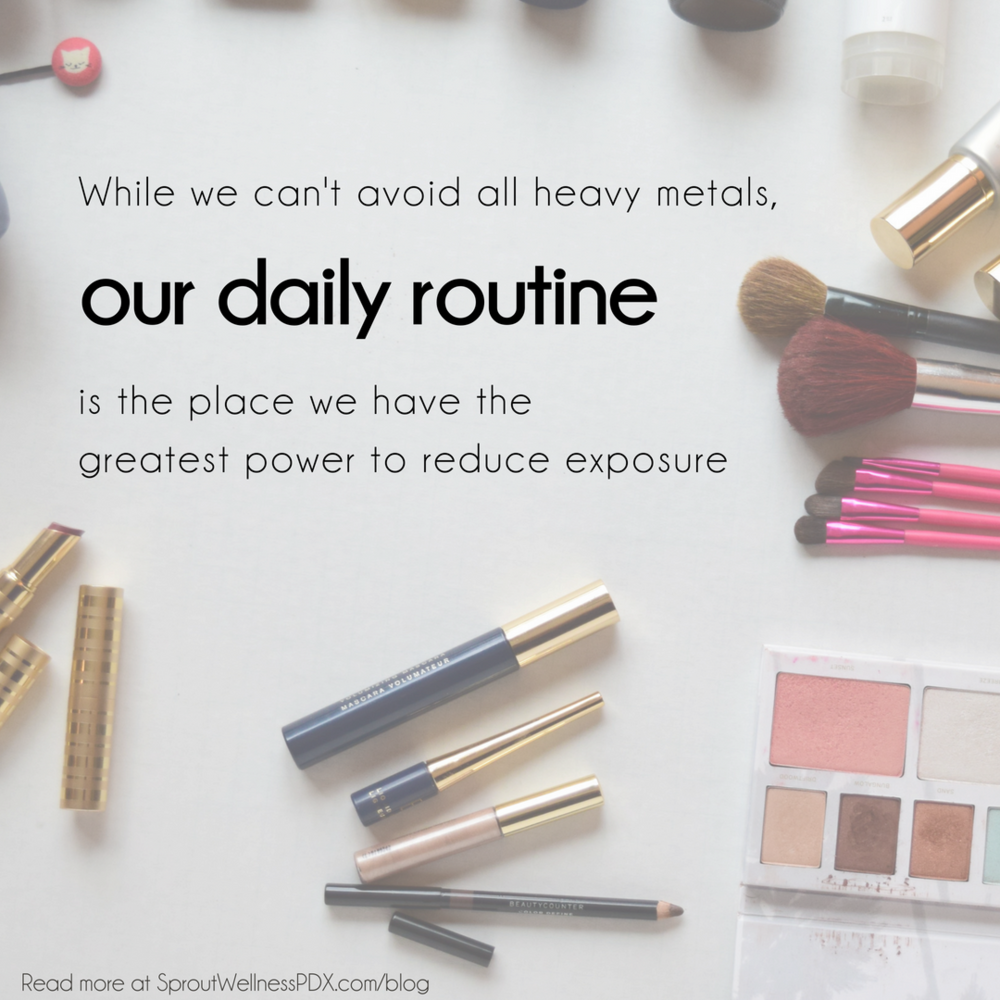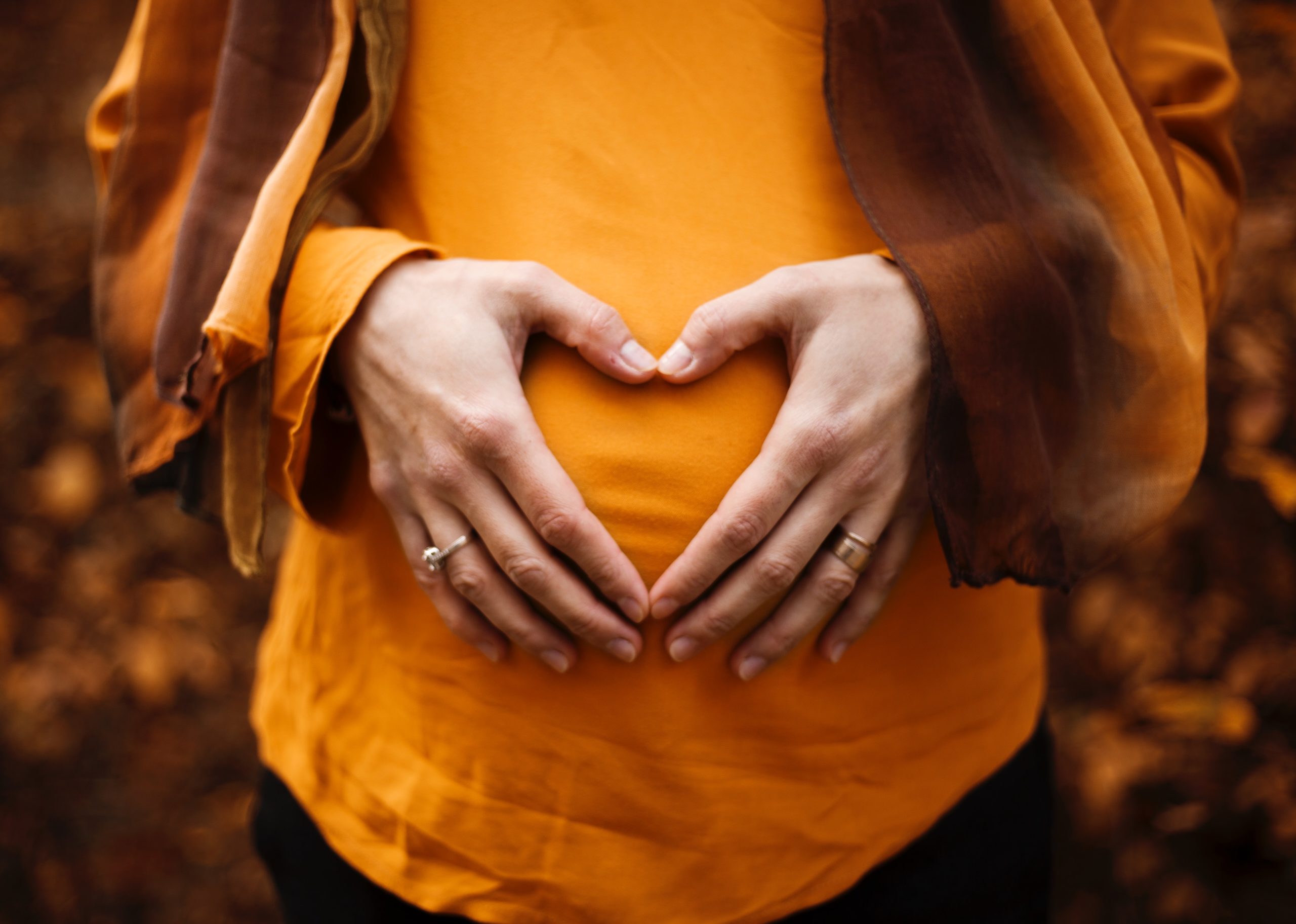Programs
Blog
About
PRegnant
LifeStyle
Postpartum
EXPECTING A BABY IN THE NEXT FEW MONTHS?
DOWNLOAD MY FREE POSTPARTUM ESSENTIALS CHECKLIST
Hi, I'm Liz!
I'm a chocolate-loving nutritionist,
pre & postnatal coach, doula and let's face it- total birth nerd 🤓.
I'm here to help you cut through mommy-marketing and pinterest perfection to confidently cultivate a pregnancy and postpartum experience you totally love.
Let's Connect
RECIPES
BREAKfast
beverages
main dish
dips & Dressings
salads & Sides
snacks
soups
treats
instant pot
one dish meals
quick meals
Pregnancy
Birth Planning
FIrst Trimester
Second Trimester
THird Trimester
Postpartum
Postpartum Planning
FOurth Trimester
REcovery
wellbeing
Fitness
Pregnancy Loss
Understanding Loss
Recovery After Loss
Friends & Family SUpport
PArent Life
Pregnant?
Check out the
5 core exercises you need to know!
Take the stress off your plate! Download
Meals Made Simple!
i need this!
Yes Please!
shop SAfer at beautycounter
Get the BEst Non-toxic Deodorant!
FItness
Nutrition
Nutrition
Grief & wellbeing
Pregnancy After Loss
Understanding Loss
Recovery After Loss
Friends & Family SUpport
Grief & wellbeing
Pregnancy After Loss
Understanding Loss
Recovery After Loss
infant & Toddler Feeding
Grief & wellbeing
Pregnancy After Loss
Newborn Care
Family Dynamics
PArent Relationships
lactation
Pregnancy After Loss
3 Ways to Reduce Exposure to Hidden Heavy Metals
3 Ways to Reduce Exposure to Hidden Heavy Metals
Heavy metals: if you’re immersed in the health and wellness world, this may just sound like another buzzword, another dreaded ingredient to avoid, another “toxin.” Heavy metals like cadmium, mercury, and lead are definitely bad news for our bodies. But let’s talk about why…
Heavy metals and other toxins are not readily metabolized and excreted by the body. This is what allows them to build up in our body’s tissue and bones which can make us sick. (1)
Those working in home renovation and construction may be among the most affected by heavy metal exposure (1), but is this something everyone needs to worry about?
In short: Yes and no. Many common household products contain heavy metals like: toothpaste, deodorant, sunscreens, moisturizers and color cosmetics. (2) This doesn’t mean that you should forgo brushing your teeth, but it is important to become familiar with the labels and practices of the companies you choose and reduce exposure to these heavy metals and other toxic ingredients.

Heavy metals have an especially harmful impact for pregnant and nursing women. When pregnant women are consistently exposed to toxins, like heavy metals, pesticides, and chemicals, they can be found in the blood, cord blood and amniotic fluid, exposing baby to the potentially harmful impacts as well. (3) Prenatal heavy metal exposure is linked to low birth weight, preterm labor and miscarriage or stillbirth. (4,5,6)
Exposure concerns also extend to breastfeeding, too. The nutritional content of the breast milk is directly influenced by mom’s diet and nutrient stores. Take lead for example, when lead builds up in the body it is usually found in our bones. When mom is breastfeeding, there is an increased need for calcium which also happens to be stored in our bones. However, any lead that was previously stored in mom’s bones can be mobilized with calcium in order to meet the increased calcium needs that breast milk requires. (7) Common sources of lead exposure are old water pipes, cell phone batteries and as cosmetics. (7)
Keep in mind: occasional exposure to trace amounts of heavy metals is unavoidable. These are naturally occurring elements in our soil! But the good news is the body is equipped to filter toxin exposure. WIth occasional exposure, it can take a long time for heavy metals to store to the point of toxicity. Repeated exposure from products used daily is the main cause for concern. Using products, drinking water or eating food contaminated with heavy metals daily (or multiple times per day!) increases exposure and heavy metal build-up. So, while we can’t avoid all heavy metals, our daily routine is the place we have the greatest power to reduce exposure!
Here are a few simple ways to reduce heavy metal exposure:
-
Get your home water tested for lead! With old pipes still in some homes it’s a good idea to send a water sample to a local water treatment facility to assess for quality. This is typically a free and simple service provided by local water companies.
-
Eat a wide variety of organic fruits and vegetables! Supporting the body with foods like fiber and leafy greens help boost the liver’s natural detoxification pathways. Variety is key here! Diverse produce means diverse soil microbiomes and reduced repeat exposure to the same is exposed to different soil microbiomes and heavy metals as well.
-
Research your current skincare and makeup ingredients with the EWG’s Skin Deep Database. Color cosmetics are more often than not contaminated with heavy metals. Yes, even your organic mineral makeup or perhaps, especially that mineral makeup. Be sure to research your products, know the ingredients and ask about 3rd party testing for heavy metal contamination both in the supply chain and finished product.
—–
-
Reproductive health and the workplace. www.cdc.gov. https://www.cdc.gov/niosh/topics/repro/heavymetals.html. Updated April 20, 2017. Accessed July 31, 2018.
-
Lead and other heavy metals. www.safecosmetics.org. http://www.safecosmetics.org/get-the-facts/chemicals-of-concern/lead-and-other-heavy-metals/. Accessed July 31, 2018.
-
Maekawa R. et. al. Evidence of exposure to chemicals and heavy metals during pregnancy in Japanese women. Reprod Med Biol. 2017 Oct; 16(4): 337–348.
-
Wai KM. et. al. Prenatal Heavy Metal Exposure and Adverse Birth Outcomes in Myanmar: A Birth-Cohort Study. Int J Environ Res Public Health. 2017 Nov; 14(11): 1339.
-
Amadi CN, et. al. Heavy metals in miscarriages and stillbirths in developing nations. Middle East Fertil Soc J. 2017 June;22(2): 91-100.
-
Banu SK. et. al. Editor’s Highlight: Exposure to CrVI during Early Pregnancy Increases Oxidative Stress and Disrupts the Expression of Antioxidant Proteins in Placental Compartments. Toxicol Sci. 2017 Feb 1;155(2):497-511.
-
Dursun A, Yurdakok K, Yalcin SS, Tekinalp G, Aykut O, Orhan G, Morgil GK. Maternal risk factors associated with lead, mercury and cadmium levels in umbilical cord blood, breast milk and newborn hair. J Matern Fetal Neonatal Med. 2016 Mar;29(6):954-61.
Related
August 29, 2018
Liz Winters
The post may contain affiliate links and the site may earn a commission on some products.
Every item on this page is chosen and recommended by the LWW team.
Read more about our Affiliate Disclosure here.
Leave a Reply Cancel reply
Holiday hits
Don’t miss these!
Want to add a little ease to your routine as a parent?
Get all my favorite tips, tricks and recipes delivered straight to your inbox.
start here
blog
work with liz
programs
non-toxic living
podcast
contact
© 2021 LIZ WINTERS WELLNESS // WEBSITE BY PINEGATE ROAD
Terms & Conditions
start here
blog
work with liz
PROGRAMS
non-toxic living
podcast
contact
© 2021 LIZ WINTERS WELLNESS // WEBSITE BY PINEGATE ROAD
Terms & Conditions
BADASS Birther's Club
Postpartum Recovery After Pregnancy Loss
How to Support Loved Ones After Loss
start here
blog
work with liz
PROGRAMS
non-toxic living
podcast
contact
© 2021 LIZ WINTERS WELLNESS // WEBSITE BY PINEGATE ROAD
Terms & Conditions
Pregnant
Postpartum




If anyone’s interest in testing their tap water, here’s a great resource: mytapscore.com